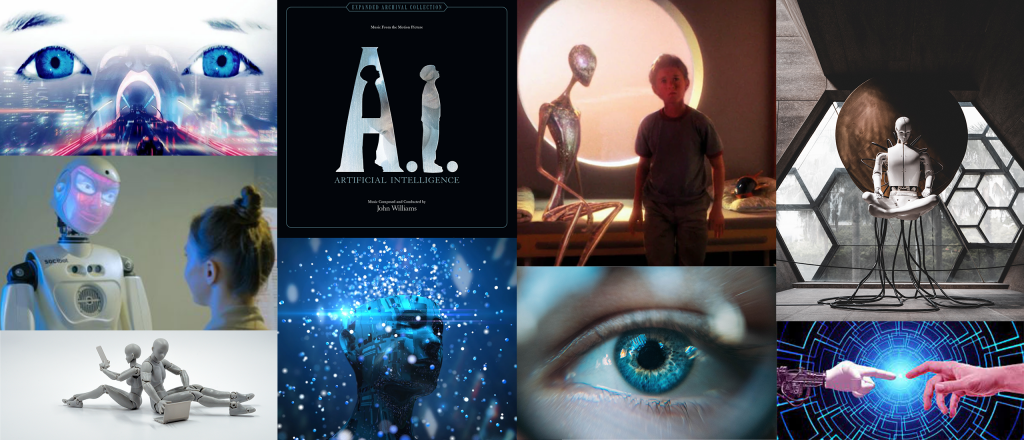The Beast, A.I. Transmedia Experience (2001)
Originally, it had no title because nobody could really explain what it was. Developed by a small team at Microsoft Games as a marketing campaign to support the 2001 film A.I.: Artificial Intelligence, it became known as “The A.I Game”––though it had little in common with traditional games––or sometimes The Beast, either after a version of an asset list that contained 666 items or the all-consuming way the experience dominated the lives of those who made it and played it.
The Beast played out over a massive network of fictional websites and other forms of media that combined to tell a sprawling tale set in the world of A.I.: Artificial Intelligence. They appeared online in the spring of 2001 with little fanfare and no acknowledgement that they were part of a fictional story. Following clues hidden in the movie’s trailer and poster, those who found their way into the network were immersed in the storyworld and challenged with puzzles to solve that would unlock the next pieces of narrative. Players gathered together in online communities to collaboratively solve these puzzles, forming their own version of an artificial collective intelligence as they tracked pieces of story over the increasingly complex constellation of fictional websites, emails, phone calls, newspapers, and even live events. This mass-distributed form of storytelling would later be dubbed an “Alternate Reality Game.” By fracturing the narrative, distributing its pieces across multiple formats and channels, and allowing the players to assemble them together, it provided a template for a new way to tell stories over the internet and connected media.For its pioneering achievement in the development of the Alternate Reality Game and in demonstrating how new native ways the internet can tell a story on a massive scale, The Beast, A.I. Transmedia Experience is honored with a Peabody Award.

